Young DaliA Story by torittoSalvador Domingo Felipe Jacinto Dali, better known to the rest of us as Salvador Dali, the Spanish surrealist painter died 30 years ago on January 29. The painter of soft watches, hallucinogenic toreadors and Columbus landing in America is best known for his striking and bizarre images. His painting skills are often attributed to the influence of Renaissance masters. His best-known work, The Persistence of Memory, (the soft watches) was completed in August 1931. Dalí’s expansive artistic repertoire included film, sculpture, and photography, at times in collaboration with a range of artists in a variety of media. Dalí attributed his “love of everything that is gilded and excessive, my passion for luxury and my love of oriental clothes “ to an “Arab lineage”, claiming that his ancestors were descendants of the Moors. Dalí was highly imaginative (to say the least) , and enjoyed indulging in unusual and grandiose behavior. To the dismay of those who held his work in high regard, and to the irritation of his critics, his eccentric manner and attention-grabbing public actions sometimes drew more attention than his artwork. He was not, however, always the man we all know from images, with the twisted upwards pointed mustache and eyes the size of saucer plates. Once he was a young man; a man in a homo-erotically charged relationship with one of the worlds great poets - Federico Garcia Lorca. In 1922 at the age of 18, Dalí moved into the Residencia de Estudiantes (Students’ Residence) in Madrid and studied at the Real Academia de Bellas Artes de San Fernando. A lean 5’7″ tall,Dalí already drew attention as an eccentric and dandy. He had long hair and sideburns, coat, stockings, and knee-breeches in the style of English aesthetes of the late 19th century. It was there that he made the acquaintance of Lorca, which developed into a friendship of mutual passion. It all began when Lorca first saw Dali, and was amazed by his unconventional style of dress, while Dali saw the “poetic phenomenon” Lorca was. The relationship between Dalí and Lorca had more than a touch of eroticism. They lived their own Brokeback Mountain in a confined Spain that one day imprisoned homosexuals for their immorality and the next day looked the other way (as long as they did not make noise). They exchanged love letters between 1923 and 1936, writings that have been compiled in a number of books. “You are a Christian storm and you are in need of some of my paganism. I will go get you and give you some seaside medicine. It will be winter and we will light a fire. The poor beasts will be trembling with the cold. You will recall that you are an inventor of marvelous things and we will live together with a portrait machine…” These are the passionate lines that Salvador Dalí wrote in the summer of 1928 to Lorca. Their relationship was something more than that, “an erotic, tragic love, out of the fact of not being able to share it,” the painter himself would explain in 1986, in a letter to the editor published in EL PAÍS and meant for the Lorca historian Ian Gibson, whom he accused of underestimating his bond with the poet, “as though it had simply been a sugary sweet romantic novel.” Lorca, the brilliant homosexual poet wanted and was desperately in love with Dali who, while claiming he never gave in to Lorca’s desires, continually flirted with him through the years in a series of letters between the two. It is not that many exchanges after all. Around 40 letters from Dalí to Lorca have survived. Only seven from Lorca to Dalí were preserved. There is an explanation for this - in this case, two women. “One is Ana María, Dali’s sister who sold a lot of her brother’s archival material after the Civil War; the other is Gala [Dalí’s wife and muse], who destroyed many others out of jealousy. Among García Lorca’s documents, there was a note that said: ‘I don’t like Gala.’ Later it emerged that Lorca was an unwelcome topic at the Dalí household when Gala was around; the painter’s papers include letters from Lorca that have been cut out with scissors. Behind all this is the shadow of a homosexual impulse. “The correspondence is “a game of seduction: Lorca is giving the best of himself, using his words to try to win over Dalí, who in turn wants to be at the same intellectual level as the poet. One is trying to catch the artist in his spider’s web, the other lets it happen up to a certain point.” There is nothing explicit in the letters, not even a mention of a young woman named Margarita Manso, with whom Lorca had sexual relations while Dali watched (at the request of Dalí), a voyeur at an enounter that the painter imposed as a condition to agree to relations with the poet. Yet García Lorca’s sacrifice was useless because Dalí has stated he continued to resist. The Surrealist painter knew he was attractive to the poet, and played with sexual references repeatedly, during their meetings and in his letters while the two waged war against “cultural putrefaction” and sneered at the sacred cows of Spanish art. Dali would leave Spain, taking the Paris art world by storm. Federico Lorca would never leave. The relationship between the two lasted, with all its ups and downs, from 1923 to 1936 when Federico Lorca was executed by the Fascists at the beginning of the civil war. His body has never been found. But after Lorca’s death, he began to reappear in Dalí’s drawings, Dalí always had the feeling that he might have been able to prevent Federico’s death. “He felt he didn’t insist enough to get him to leave.” Dali made it to America when the Germans invaded France and after the war returned to Franco’s Spain to much criticism from other Spanish artists and writers. After his wife Gala died in 1982, Dalí regressed mentally to his student days in Madrid, where he first met Lorca in 1923. In the end, when he was refusing to eat and was down to 75 pounds, one of the nurses who cared for him said that in all the time he was in her care, she only understood one sentence that he said: “My friend Lorca.” Were Dali and Lorca soul mates? Lovers? Tragic figures? Did Dali just play with Lorca? Unfortunately we will probably never know. Amongst our beaches, strip clubs and theme parks here in Tampa Bay we have a hidden jewel. The Dali Museum is home to 7 of the 18 “masterwork” paintings by Dalí (including The Hallucinogenic Toreador and The Discovery of America by Christopher Columbus), the most of any museum in the world. To be considered a masterwork these paintings must measure at least 5 feet (1.5 m) in any direction, and have been worked on for over a year. The museum’s collection includes 96 oil paintings, over 100 watercolors and drawings, 1,300 graphics, photographs, sculptures and objects d’art, and an extensive archival library. Permanent collection displays are periodically rotated, and several temporary shows are mounted each year. Our Dali has the largest collection of his work outside of his home country. With the exception of the Dalí Theater-Museum created by Dalí himself in his home town of Figueres, Catalonia, Spain, St. Petersburg’s Dalí Museum has the world’s largest collections of Dalí’s works. So you see, we are not entirely yokels and old cranks. The museum is well worth the visit, both for the art and the architecture. For Dali fans, it is a must see! So come to our beaches; visit our strip joints; watch the sun set over some cold one and spend a day viewing some of the most magnificent art this side of Spain. © 2019 toritto |
Stats
108 Views
Added on January 24, 2019 Last Updated on January 24, 2019 Tags: salvador dali, rederico lorca, passion, spain Author
|
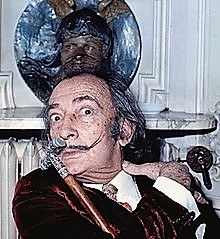
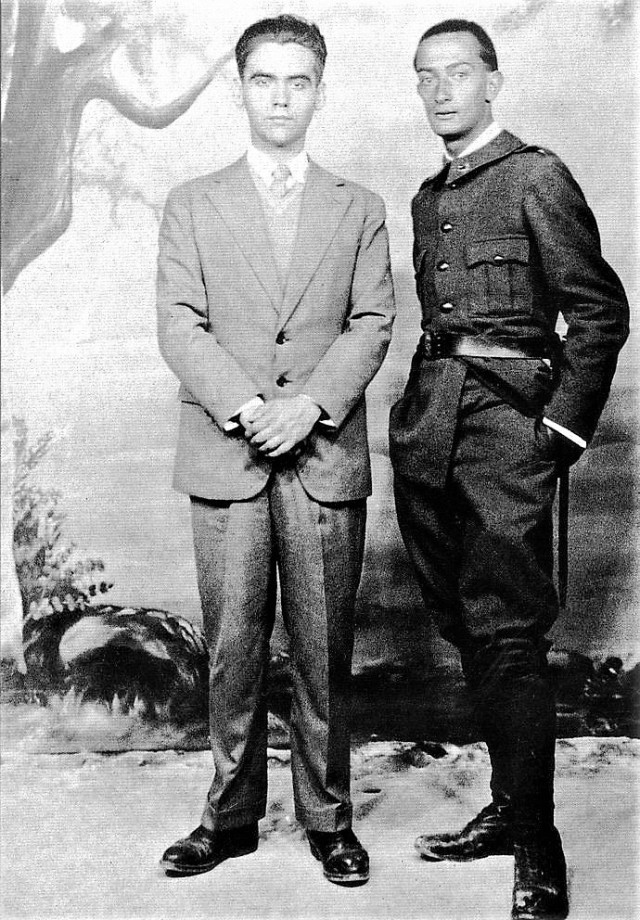
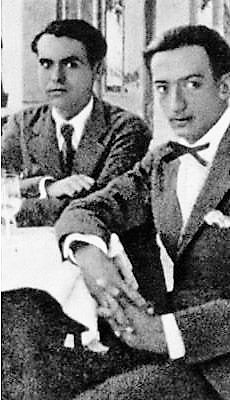
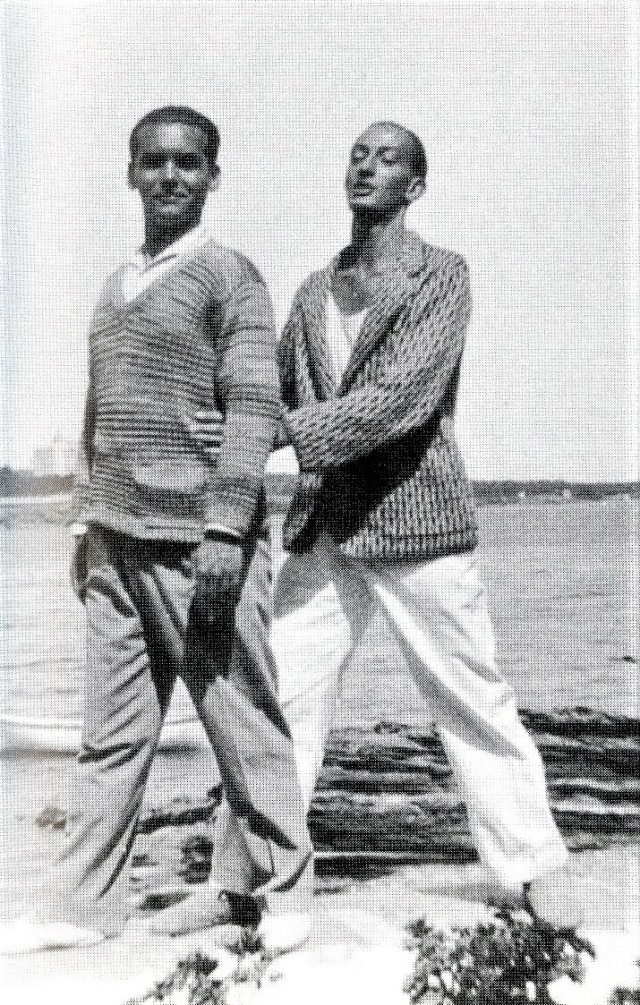
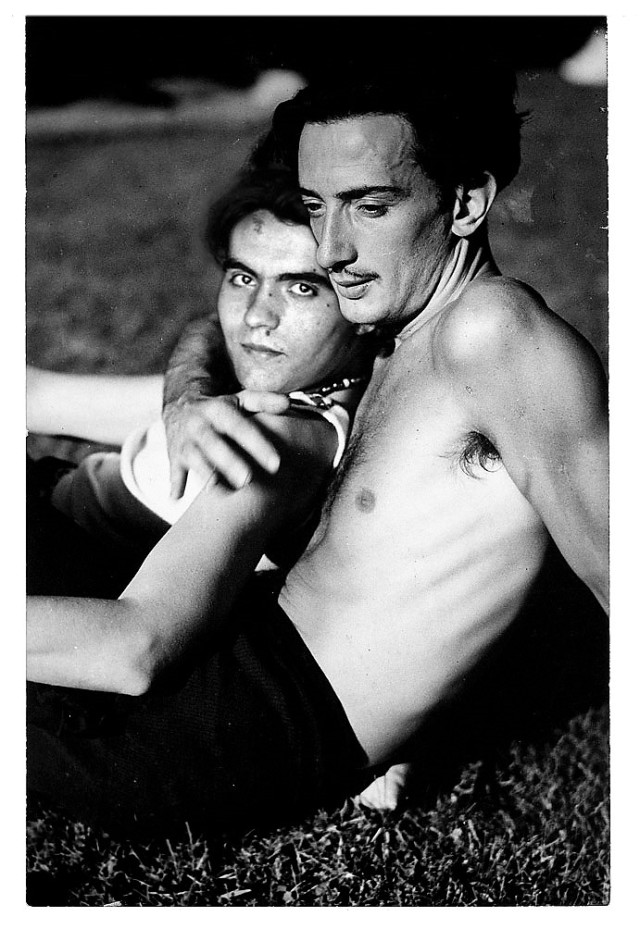
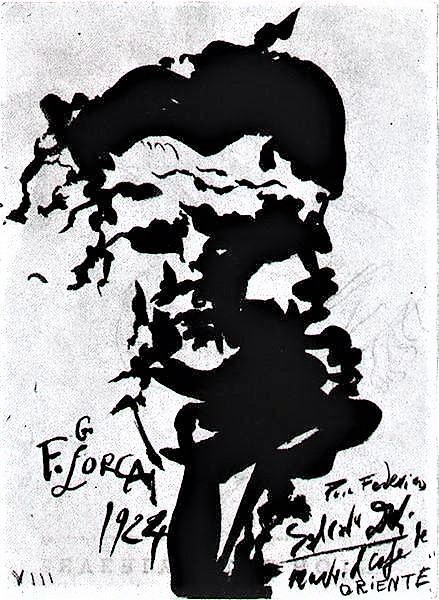

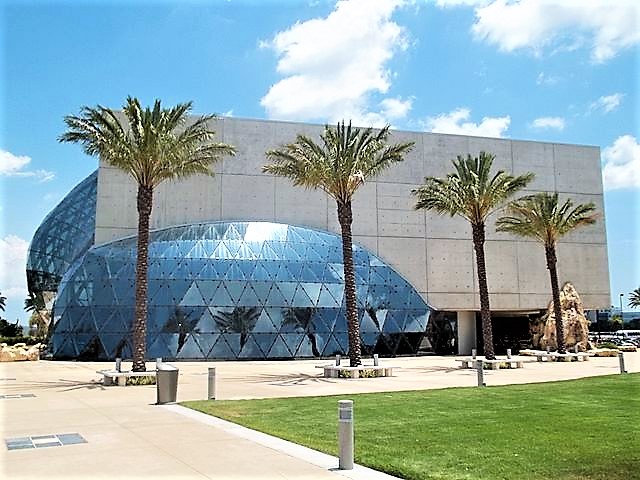
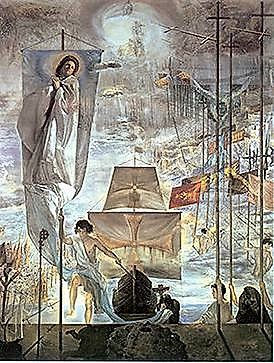
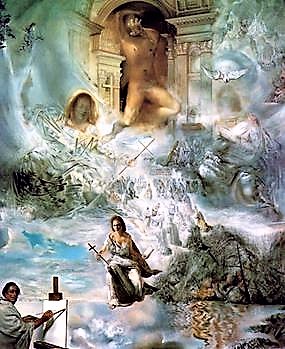
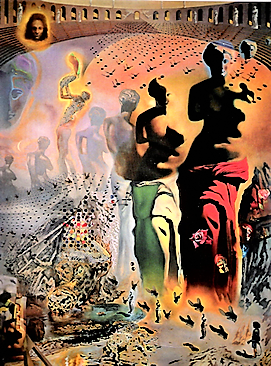

 Flag Writing
Flag Writing